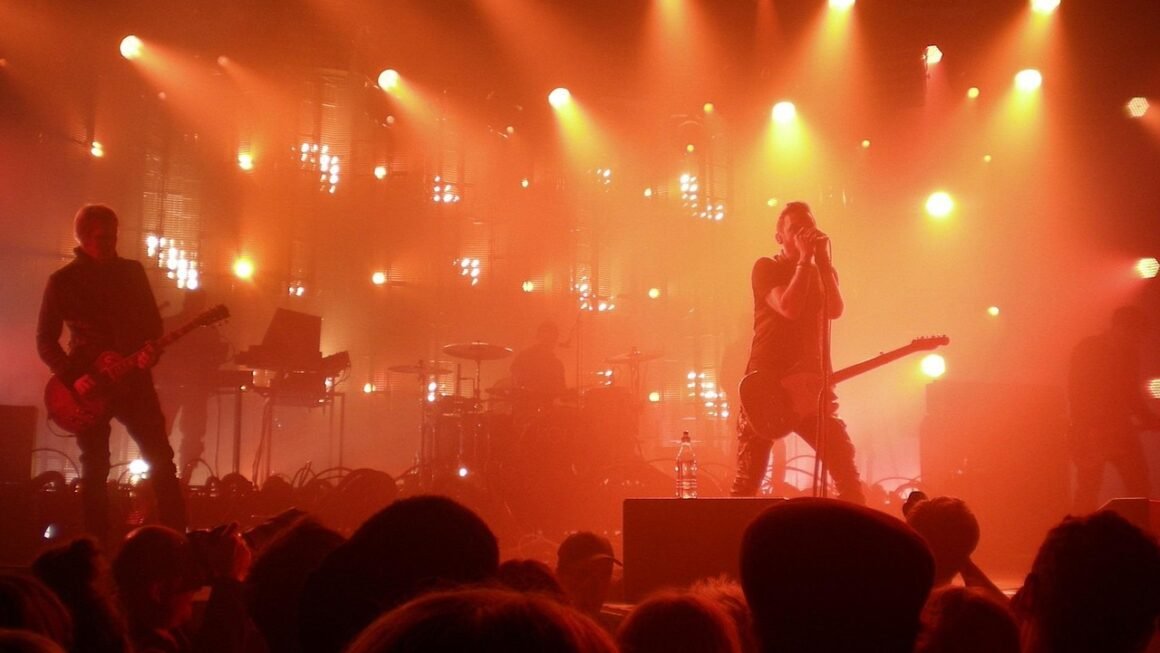Fandoms, those vibrant communities built around shared passions, are more than just groups of fans. They represent a powerful force shaping culture, driving trends, and creating connections that span the globe. From the dedicated followers of Star Wars to the enthusiastic readers of Harry Potter, fandoms provide a space for individuals to express their identity, engage in meaningful discussions, and contribute to a collective narrative. Let’s delve into the fascinating world of fandom and explore its multifaceted dimensions.
Understanding Fandom
What is a Fandom?
At its core, a fandom is a community of individuals who share a passionate interest in a particular subject, such as a book, movie, television show, video game, celebrity, or even a historical event. This interest transcends casual enjoyment; it involves a deep emotional investment and a desire to connect with others who share the same enthusiasm. Fandoms are often characterized by:
- Active participation in online and offline communities
- Creation and sharing of fan works (fan fiction, fan art, cosplay, etc.)
- Consumption and analysis of media related to their object of interest
- Formation of a shared identity and culture
For example, the Marvel Cinematic Universe (MCU) fandom is a massive global community. Members actively discuss theories, create fan art depicting their favorite characters, attend conventions in cosplay, and eagerly anticipate the next installment in the franchise.
The Psychology of Fandom
The appeal of fandom stems from several psychological factors. These include:
- Social Connection: Fandoms offer a sense of belonging and community, providing individuals with a space to connect with like-minded people.
- Self-Expression: Engaging with a fandom allows individuals to express their identity and creativity through fan works and discussions.
- Escapism: Fandoms can provide a form of escapism, allowing individuals to immerse themselves in a world they find appealing and engaging.
- Emotional Investment: The strong emotional connection to the subject of the fandom can lead to a sense of personal fulfillment and enjoyment.
Research suggests that participation in fandoms can positively impact mental well-being by reducing feelings of loneliness and isolation. It also allows for an exploration of identity within a safe and supportive environment.
The Evolution of Fandom
From Subculture to Mainstream
Fandoms have evolved significantly over time. Initially considered a niche subculture, they have increasingly moved into the mainstream. The rise of the internet and social media has played a crucial role in this transformation. Platforms like Tumblr, Reddit, Twitter, and Fanfiction.net have provided fandoms with the tools to connect, organize, and create content on a massive scale. Social media has also amplified the voices of fans, allowing them to influence the direction of the media they consume.
Gone are the days when fan activities were confined to local conventions. Today, fandoms can mobilize globally, launching campaigns, creating petitions, and even influencing the decisions of major media corporations. For example, dedicated fans of the TV show “Brooklyn Nine-Nine” launched a successful social media campaign to save the show from cancellation.
The Impact of Technology
Technology has revolutionized fandom culture in several ways:
- Accessibility: The internet has made it easier than ever for fans to connect with each other and access information about their favorite subjects.
- Creation Tools: Digital tools have empowered fans to create high-quality fan works, from intricate cosplay to professionally edited videos.
- Distribution: Social media platforms provide a convenient way for fans to share their creations with a global audience.
- Communication: Online forums and social media groups facilitate real-time discussions and debates within the fandom.
The accessibility provided by technology has democratized the fandom experience, allowing more individuals to participate and contribute to the community.
Fandom Activities and Contributions
Fan Fiction and Fan Art
Fan fiction and fan art are two of the most common forms of creative expression within fandoms. Fan fiction involves writing stories based on existing characters and universes, often exploring alternative scenarios, character relationships, or plotlines. Fan art encompasses a wide range of visual creations, including drawings, paintings, digital art, and sculptures.
For example, within the Harry Potter fandom, there’s a vast library of fan fiction exploring different pairings, rewriting events, and expanding on the original lore. Similarly, the Star Wars fandom is filled with countless pieces of fan art depicting iconic characters and scenes.
Cosplay and Conventions
Cosplay (costume play) involves dressing up as characters from a particular fandom. Cosplayers often dedicate significant time and effort to creating elaborate costumes and props. Conventions provide a venue for cosplayers to showcase their creations, meet other fans, and participate in competitions.
Conventions like Comic-Con International in San Diego and Dragon Con in Atlanta attract hundreds of thousands of attendees each year. These events feature panels, screenings, workshops, and opportunities for fans to meet their favorite creators.
Online Communities and Forums
Online communities and forums serve as virtual gathering places for fans. These platforms provide a space for discussions, debates, news sharing, and collaborative projects. Popular platforms include Reddit, Tumblr, Discord, and dedicated fan sites.
Subreddits like r/StarWars and r/HarryPotter are hubs for discussion and news related to their respective fandoms. Discord servers provide a real-time communication channel for fans to connect and interact with each other.
The Business of Fandom
Merchandising and Licensing
Fandoms have become a major source of revenue for media companies. Merchandising and licensing deals allow companies to capitalize on the popularity of their intellectual property by selling a wide range of products, including:
- Action figures
- Clothing
- Posters
- Video games
- Collectibles
The Star Wars franchise, for example, generates billions of dollars annually through merchandising and licensing. Companies like Disney understand the power of fandom and actively cater to the needs and desires of their fan base.
Influencing Media Production
Fandoms have the power to influence the production and direction of media. Social media campaigns and online petitions can sway the decisions of media companies, leading to changes in casting, storylines, or even the revival of cancelled shows. This demonstrates the power of collective fan action.
The influence of fandom is also evident in the increasing trend of fan service in media. Writers and directors often incorporate elements that they know will appeal to their fan base, such as Easter eggs, cameos, and references to popular fan theories.
The Dark Side of Fandom
While fandoms largely cultivate positive connections and creative expression, they can also have their downsides. Toxic fan behavior, such as harassment, bullying, and gatekeeping, can create a hostile environment and discourage participation. Overzealous fans can sometimes cross the line, engaging in stalking or even violence. There have been instances of actors leaving social media due to relentless harassment from a portion of the fanbase.
- Toxic Fandom: Characterized by negativity, harassment, and exclusionary behavior.
- Fanaticism: Obsessive behavior that can lead to unhealthy attachments and unrealistic expectations.
- Gatekeeping: Attempts to control who is considered a “true” fan and exclude others based on arbitrary criteria.
It’s important for fandoms to promote a culture of respect, inclusivity, and tolerance to mitigate these negative effects.
Conclusion
Fandoms are a dynamic and complex phenomenon that continues to shape our cultural landscape. They provide a space for individuals to connect, express themselves, and contribute to a shared narrative. The power of fandoms lies in their ability to mobilize collective action, influence media production, and drive significant economic activity. While challenges like toxicity exist, the benefits of fandoms, such as social connection, creative expression, and community building, far outweigh the drawbacks. As technology continues to evolve, fandoms will undoubtedly adapt and evolve alongside it, continuing to play a significant role in shaping the future of entertainment and culture.



